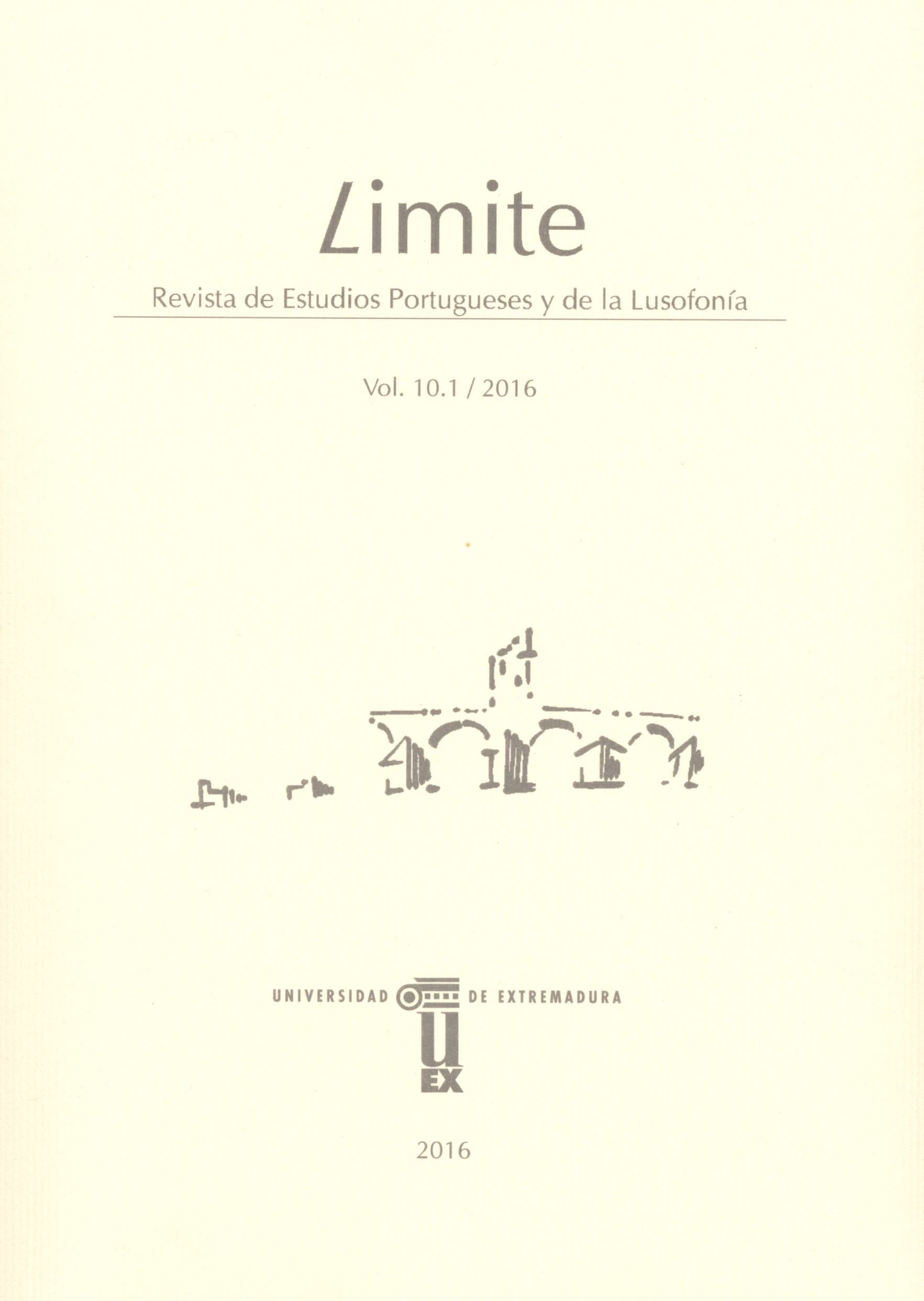O Fotógrafo e a Rapariga (Mário Cláudio): The Labyrinth of the Biography of Passions
Keywords:
seduction, transgression, love, erotism, pedophiliaAbstract
Assumed by Mário Cláudio as the end of another trilogy in which he
intends to treat the “coloring of feelings” involved in the “relationship
between adults and children, a field now undermined by suspicion,
sometimes with reason, others without substantiation”, O Fotógrafo e a
Rapariga (The Photographer and the Girl) displays Lewis Carroll´s
fascination with little girls, whom he liked to draw and photograph
almost nude. However, the biographical-fictional universe that is on
display progresses in a constant tension between Carroll’s alleged
pedophilia and diverse attitudes of Alice that, in this case, seem to shift
the blame (or, perhaps better, the provocations of the seduction
games), from the adult to the child.
References
Arnaut (2012): Ana Paula Arnaut, “Tiago Veiga. Uma biografia (Mário Cláudio): a invenção da verdade”, in Reis, Carlos el alii (coord.), Uma coisa na ordem das coisas. Estudos para Ofélia Paiva Monteiro, Coimbra, Imprensa da Universidade de Coimbra, pp. 59-87.
Arnaut (2002): Ana Paula Arnaut Post-Modernismo no romance português contemporâneo. Fios de Ariadne-máscaras de Proteu, Coimbra, Almedina.
Cláudio (2015): Mário Cláudio, O Fotógrafo e a Rapariga, Alfragide, Dom Quixote.
Cláudio (2014): Mário Cláudio, Retrato de Rapaz. Alfragide: Dom Quixote.
Cláudio (2008): Mário Cláudio, Boa noite, senhor Soares. Lisboa: Dom Quixote.
Cohen (1989 [1982]): N. Morton Cohen (ed.), The Selected Letters of Lewis Carroll, 2nd ed., London, MacMillan.
Cohen (1996 [1995]): N. Morton Cohen, Lewis Carroll: A Biography, London, MacMillan.
Falacultura (s.d.), “Lewis Carroll – os mistérios e controvérsias por trás de seu Alice no País das Maravilhas”, in http://falacultura.com/alice-lewis-carroll/ (consultado em 3 de março de 2015).
Flood (2014): Alison Flood, “New Lewis Carroll biography finds ‘nothing untoward’ in his relationships with children”, in The Guardian, 18 de novembro, disponível em http://www.theguardian.com/books/2014/nov/18/new-lewiscarroll-biography-relationships-children (consultado em 3 de março de 2015).
Jornal Globo (2014), “Nova biografia de Lewis Carroll nega suposta pedofilia do escritor”, 18 de novembro, in http://oglobo.globo.com/cultura/livros/nova-biografia-de-lewiscarroll-nega-suposta-pedofilia-do-escritor-14594092 (consultado em 3 de março de 2015).
Mavor (1996 [1995]): Carol Mavor, Pleasures Taken. Performances of Sexuality and Loss in Victorian Photographs, Durham, Duke University Press.
Nunes (2014): Maria Leonor Nunes, “Mário Cláudio. O mestre e o aprendiz” (entrevista a Mário Cláudio), Jornal de letras, artes e ideias, 28 de maio, pp. 10-11.Timetravellerblog, disponível em https://timetravellerblog.wordpress.com/lewis-carroll-gives-upphotography-due-to-paedophilia%E2%80%99s-rumours/ (consultado em 5 de março de 2015).
WAKELING, Edward (2015), Lewis Carroll: the man and his circle. London-New York: I. B. Taurus & Co Ltd.
Downloads
Published
Issue
Section
License
Los derechos de los artículos publicados en esta revista son los que establece por defecto el Servicio de Publicaciones de la Universidad de Extremadura. Poseen una licencia de Creative Commons CC BY 4.0. Puede consultar la licencia en: Creative Commons
La política de acceso abierto de la Universidad de Extremadura acepta los principios del movimiento de acceso abierto y la declaración de Berlín. Por ese motivo, los autores aceptan que los artículos publicados se recojan en el repositorio DEHESA de esta universidad.
El autor del artículo puede publicarlo libremente en otros medios siempre que refiera esta revista como la depositaria del texto original.



